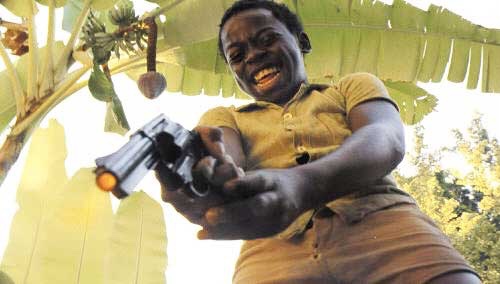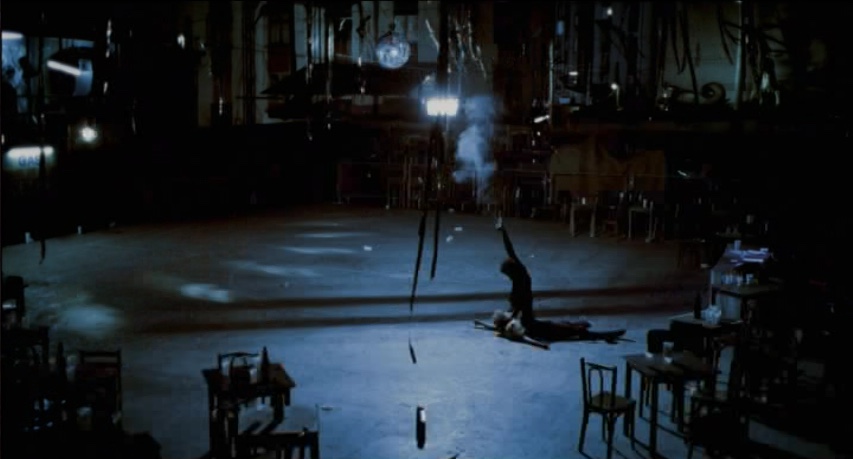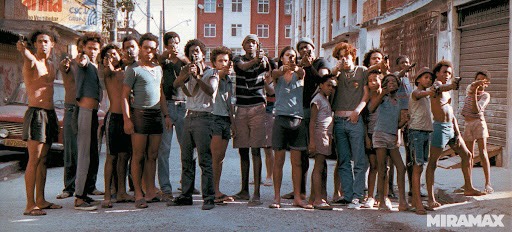(Spoilers for City of God ahead)
City of God (Fernando Meirelles, 2002) is a Brazilian crime drama that details the life of Rocket, a young aspiring photographer living in the slums of Rio de Janeiro. He is faced by many challenges and obstacles across the course of his life, primarily the over-bearing presence of street gangs and hoodlums.
The events are recounted by Rocket himself, and we view the events of the film through his eyes. The film begins with the ending sequence, immediately establishing an interesting enigma and in doing so, creating a nonlinear narrative structure. This produces an interesting perspective for the viewer. The film additionally uses flashback sequences to convey important information to the audience.

The film additionally follows the harsh lives of other characters living in the slum such as Knockout Ned, Carrot, Shaggy and maybe most importantly, Li’l Zé. Arguably the most intriguing character in the film, Li’l Zé (previously known as Li’l Dice) is City of God’s main antagonist. He terrorises the streets of Rio throughout the film but the audience forges a personal connection with Li’l Zé and can empathise with him, due to the fact that his backstory is expertly crafted, and his reveal as the villain is delightfully unexpected.

The filmmakers additionally use many interesting techniques throughout. For example, during scenes in which Li’l Zé is the focus, Meirelles uses low-angle shots to emphasise his dominance over the other hoodlums of Rio. In addition, the director uses blurriness and deliberate unstable camera movements to reinforce the severity of certain scenes, such as the deaths of Shaggy and Benny. The dark lighting throughout these scenes also imply a sense of hopelessness.

Personally, I thoroughly enjoyed City of God from start to finish and the film kept me consistently intrigued and enthralled throughout. Meirelles’ gritty and realistic directorial style was immediately apparent and set the brutal, unforgiving tone for the duration of the film. My personal favourite scene was definitely “The Story of Li’l Zé” sequence, seeing as it completely caught me off guard and effectively developed him as an antagonist.
I think that the main message that Meirelles was trying to convey was the sheer brutality and barbarity of the Rio de Janeiro slums during the 60s and 70s. The film’s final scene conveys the message that the perpetual cycle of violence is eternal, and is passed down unto the next generation.

I would rate City of God ★★★★½.